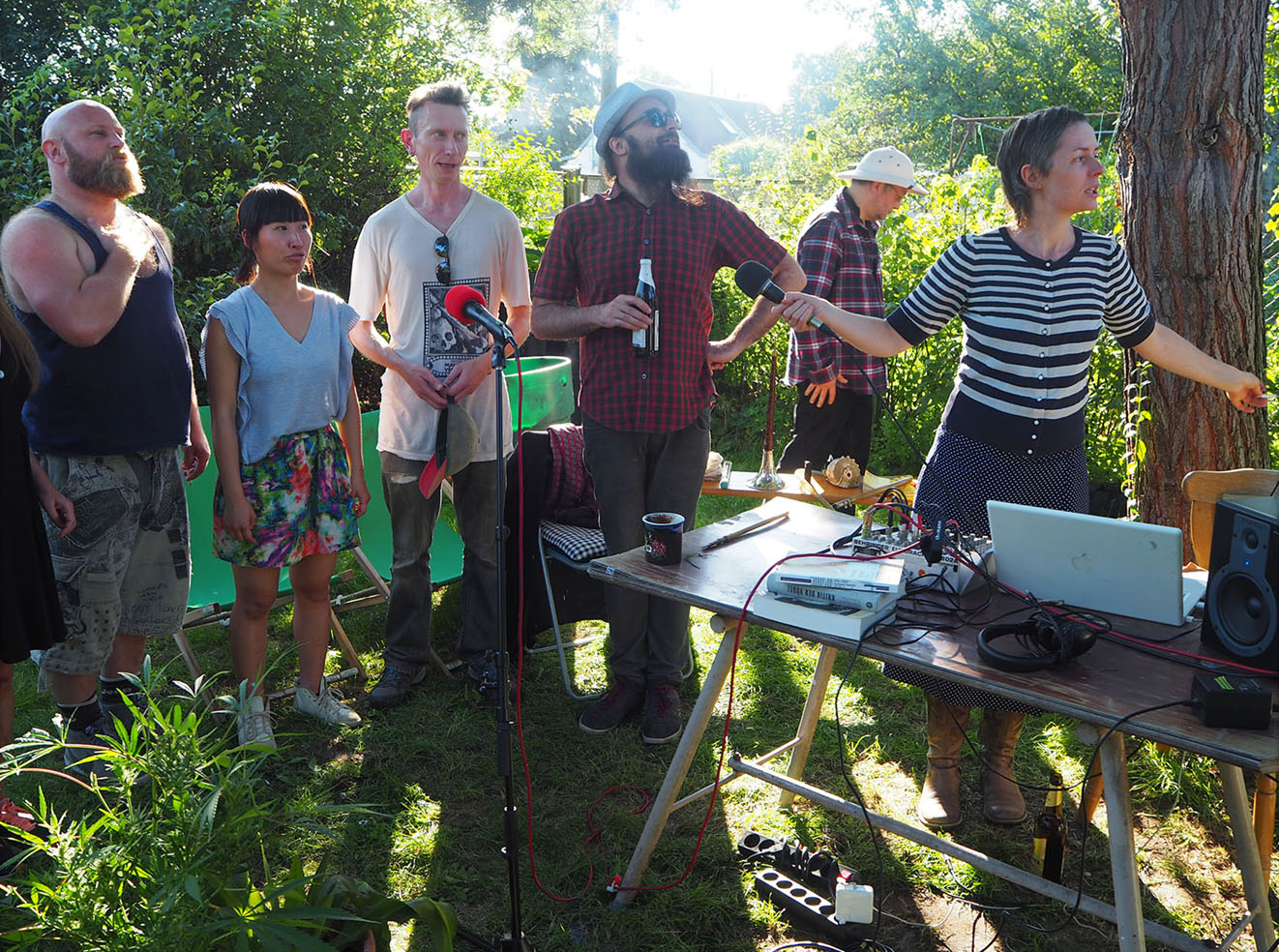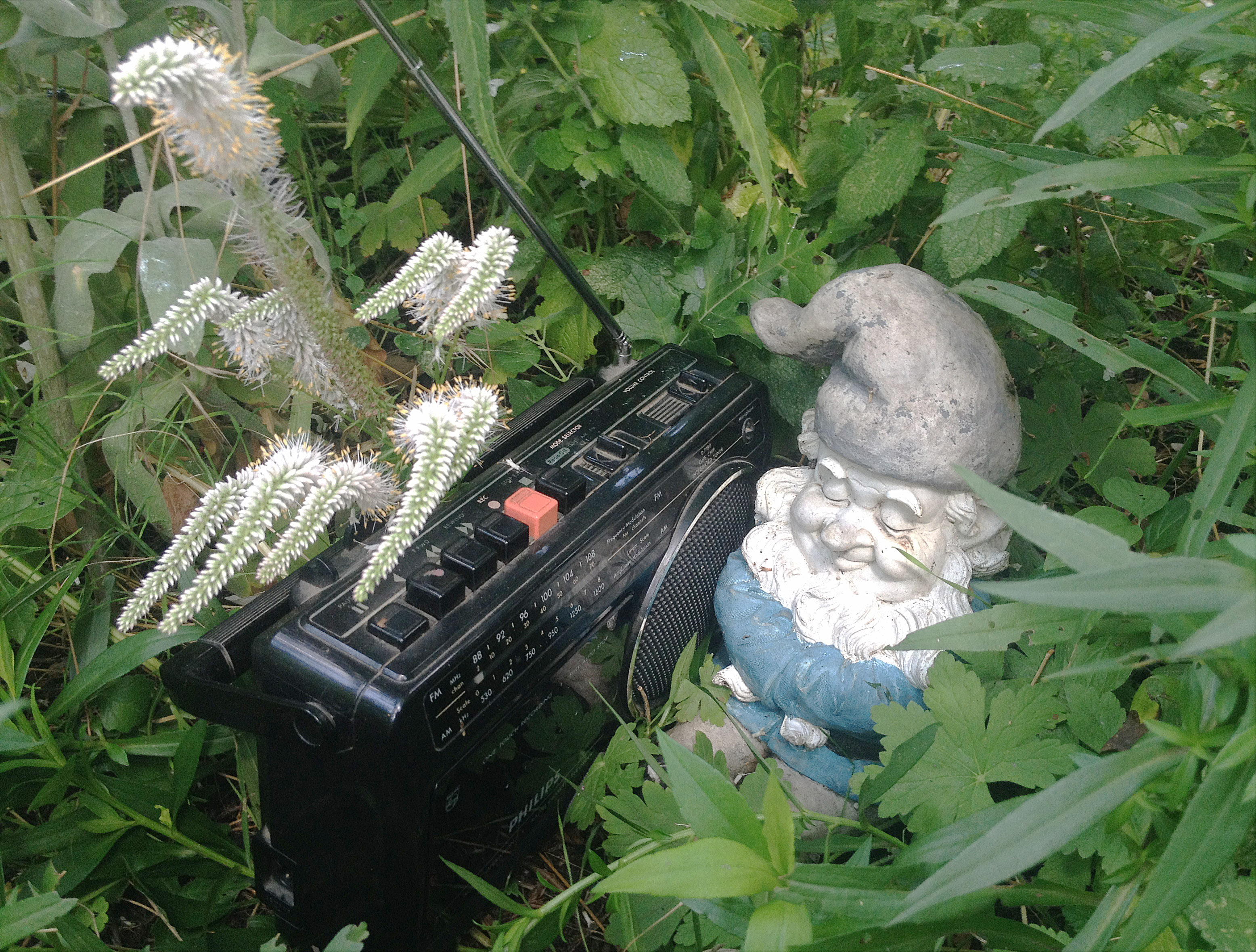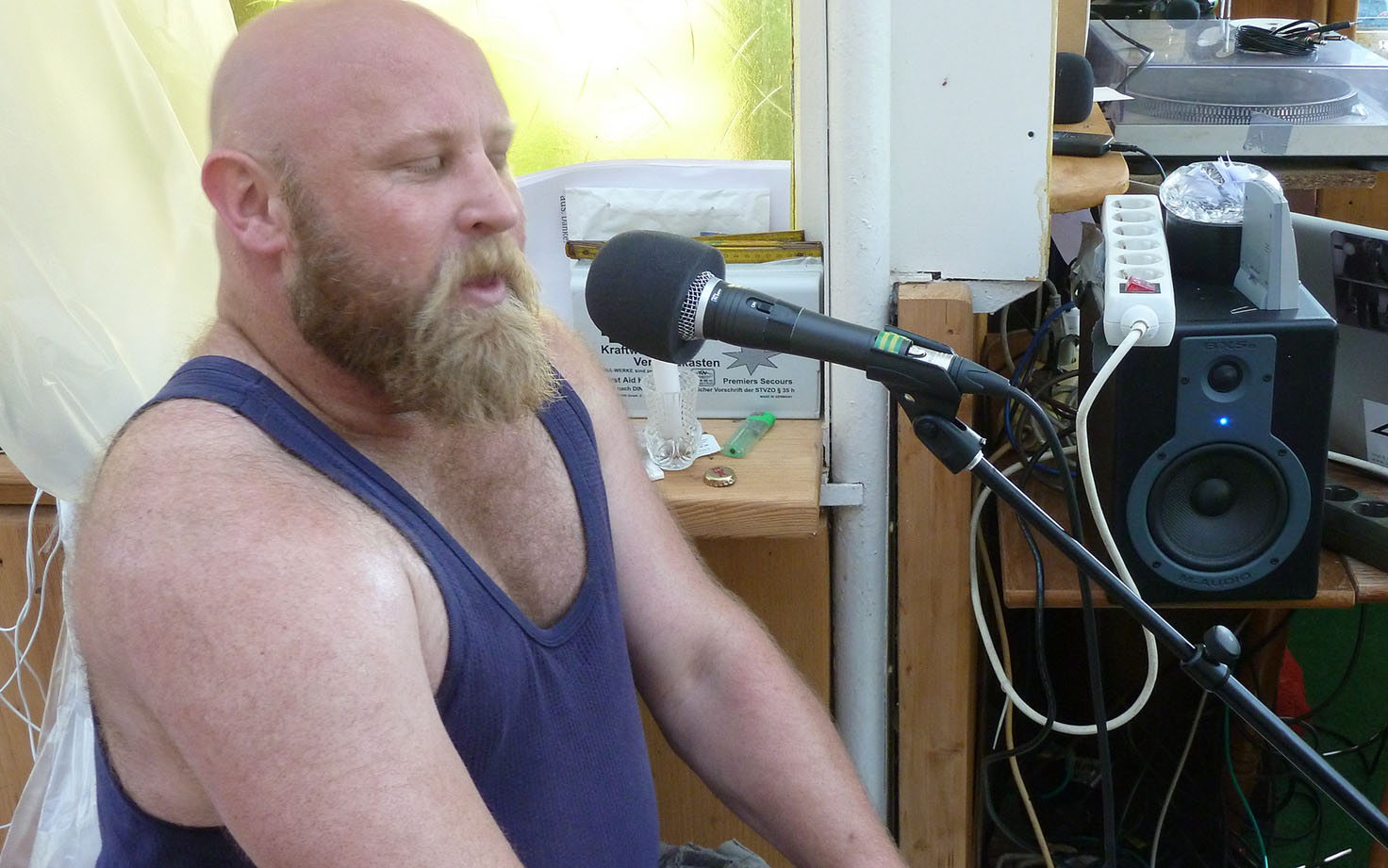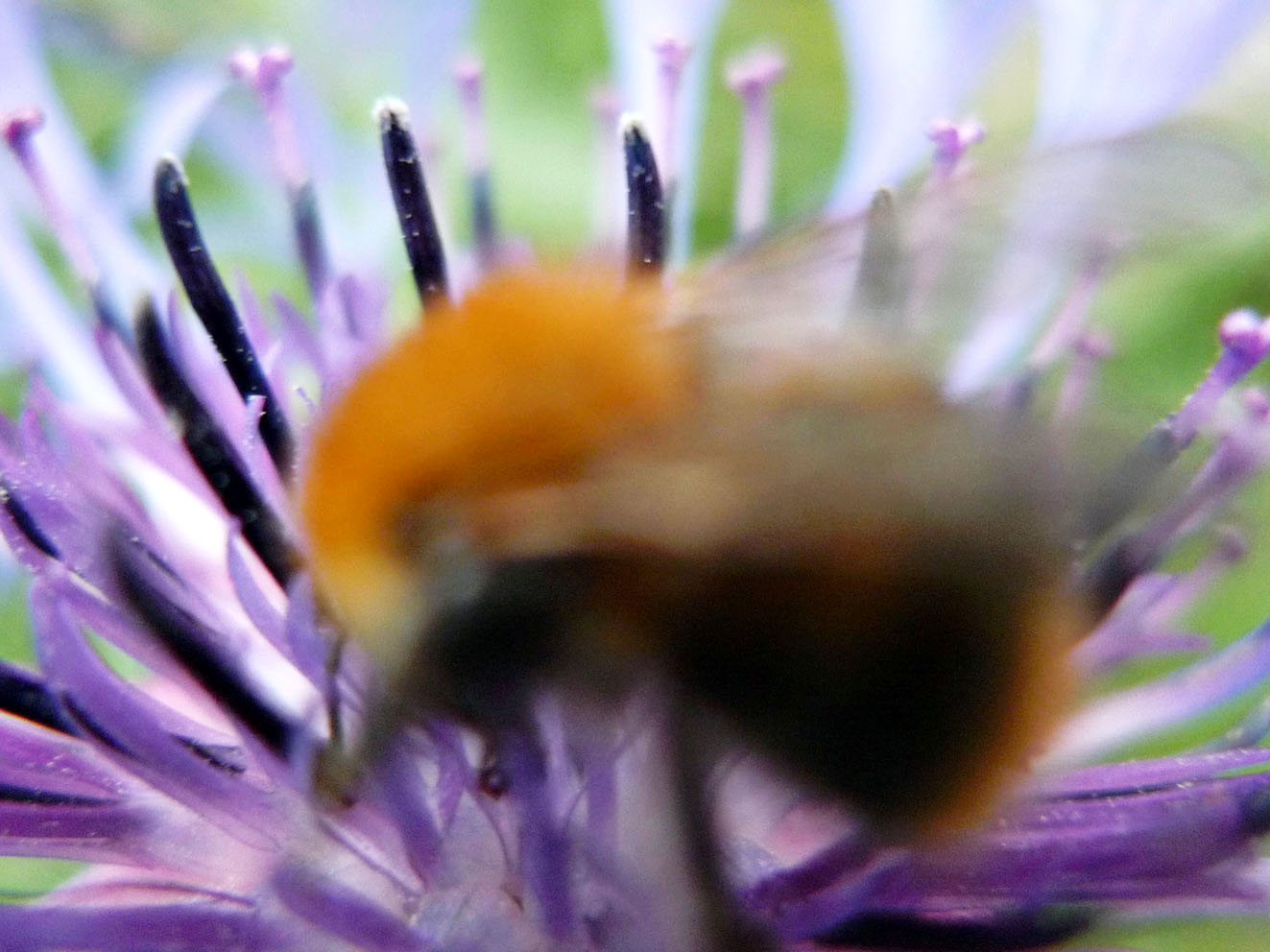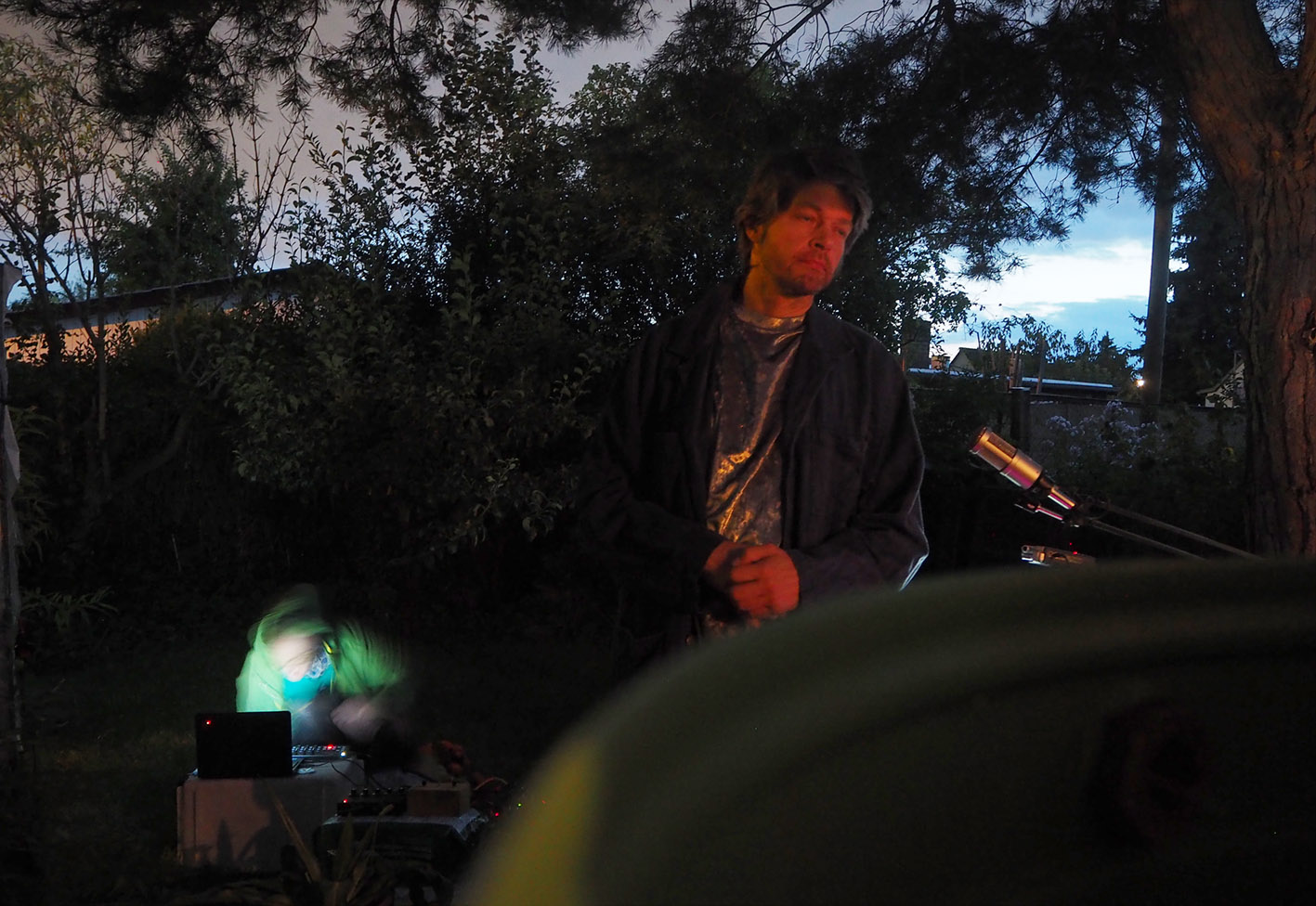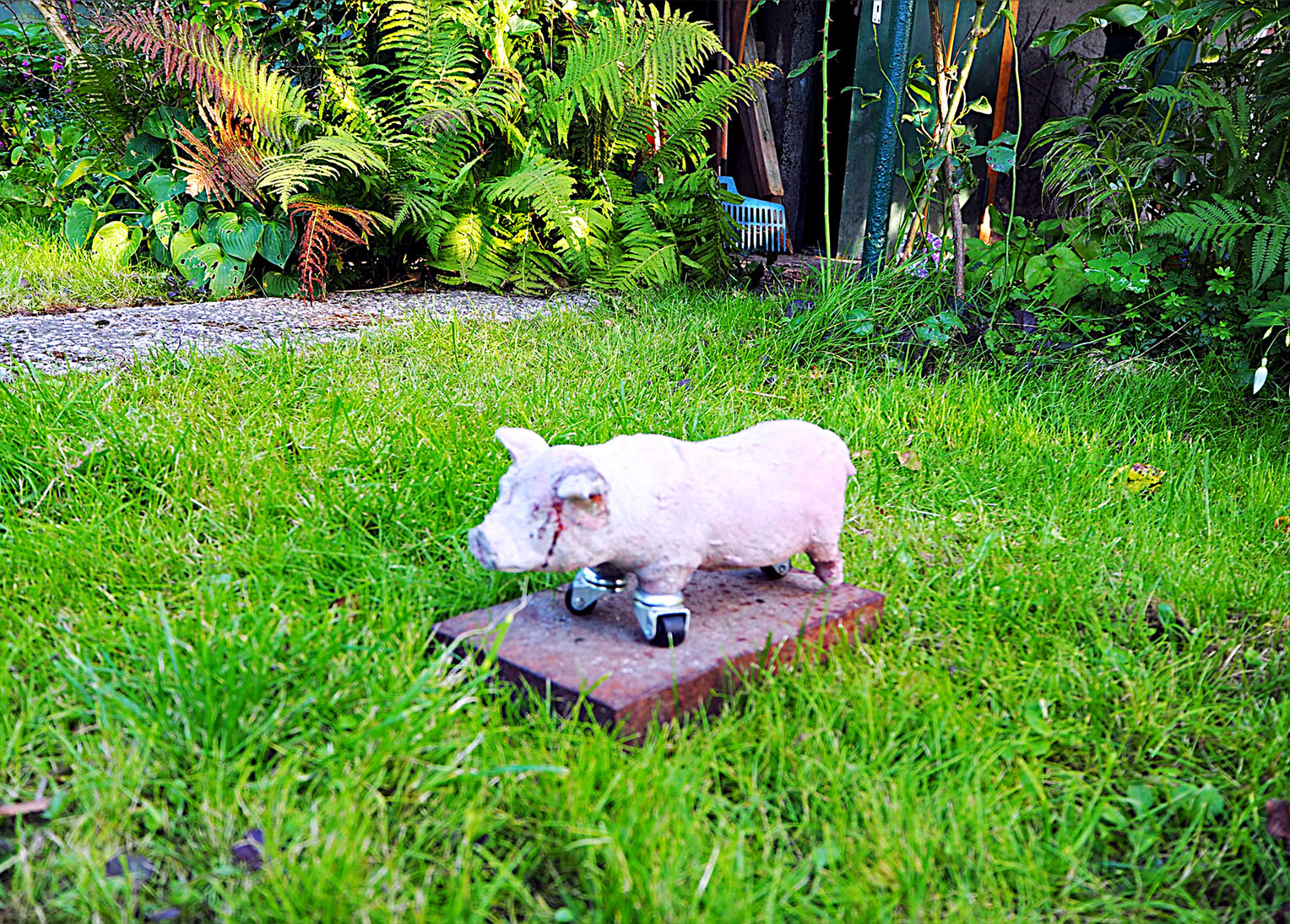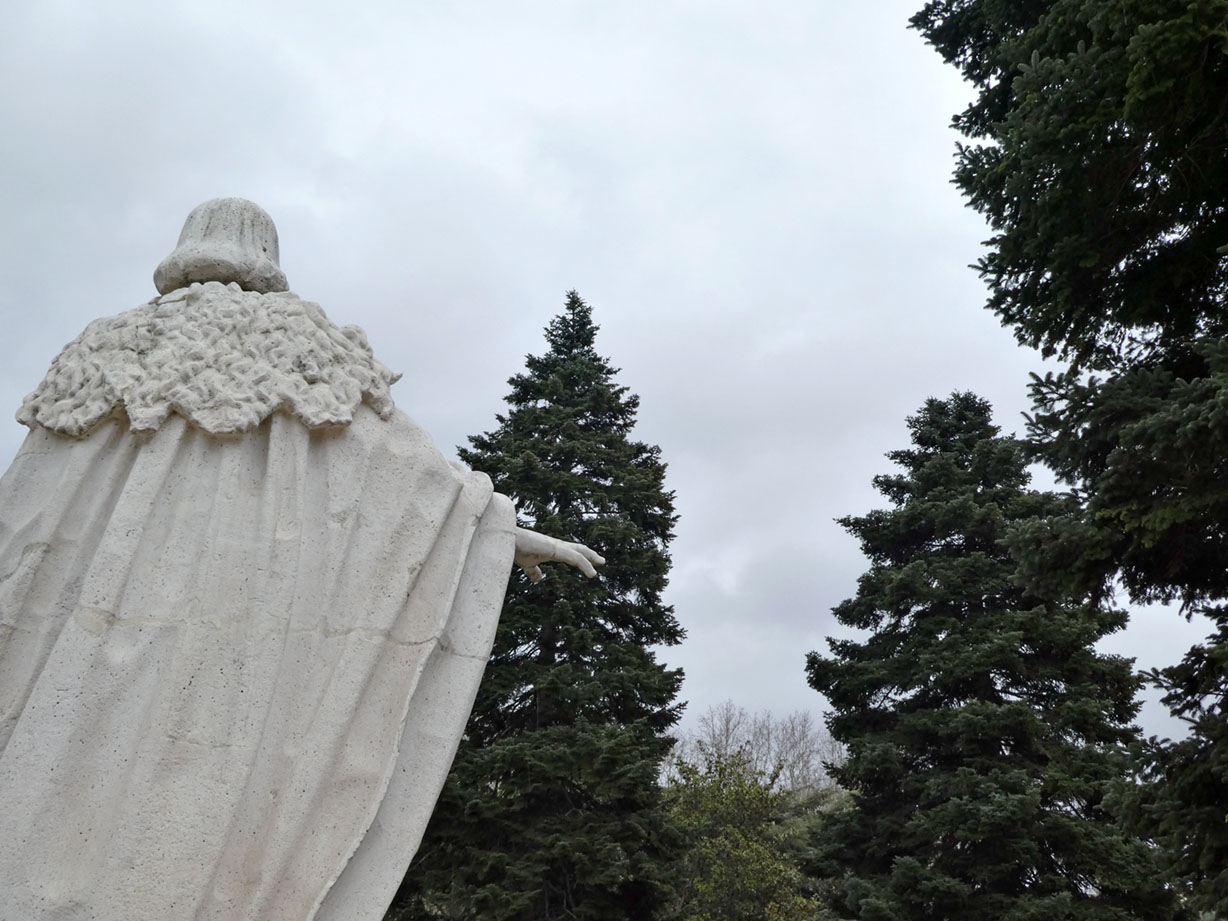
Another rainy day and a visit to the Sabatini Gardens in the western part of Madrid, close to the Palace del Rey. I went there intrigued by some pictures showing topiaries and I was not disappointed.
Beheaded cypresses flank the paths, darkly clothed guards of sharply trimmed hedges and the enclosed ponds that hold water spluttering ananas shaped stone sculptures.
I have a weak spot for topiaries, esspecially when they sprout extra twigs or have “faults” that turn them even more into seemingly animate beings. Another feature of the garden are the sculptures of quite a dozen of Spanish kings that obstinatly turn their backs to the tourists and visitors and look across the main pond at each other. Wrapped in their white, often cracked and partly patched cloaks, they royally withstand the rain, evidently glad for having escaped from a much more boring surrounding, an ordinary storage space.
As far as common information goes I’ll just share this wiki note with you:
Read MoreThe Jardines de Sabatini are part of the Royal Palace in Madrid, Spain, and were opened to the public by King Juan Carlos I in 1978. They honor the name of Francesco Sabatini (1722–1797), an Italian architect of the 18th century who designed, among other works at the palace, the royal stables of the palace, previously located at this site.
In 1933, clearing of the stable buildings was begun, and construction of the gardens begun, which were only completed in the late 1970s. The gardens have a formal Neoclassic style, consisting of well-sheared hedges, in symmetric geometrical patterns, adorned with a pool, statues and fountains, with trees also disposed in a symmetrical geometric shape. The statues are those of Spanish kings, not intended originally to even grace a garden, but originally crowding the adjacent palace. The tranquil array is a peaceful corner from which to view the palace.
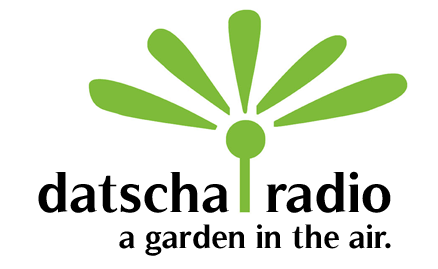



















 ¡Hola Jardineros!
¡Hola Jardineros!



























